Summary
Shri Nagvasuki Temple in Prayagraj, dating back to the 10th century (current structure 18th century), is dedicated to Lord Vasuki (king of serpents). Associated with the Samudra Manthan and believed to mitigate Kaal Sarp Dosh, it’s a significant site, especially during Naga Panchami and Kumbh Mela.
Location
- Daraganj Ghat, near by Rameshar Mandir, Daraganj, Prayagraj, Uttar Pradesh 211006
Full Story
Shri Nagvasuki Temple in Prayagraj is an ancient and revered Hindu temple dedicated to Lord Vasuki, the king of serpents in Hindu mythology. It holds significant religious and historical importance. Here’s a detailed overview:
Mythological Significance:
- Samudra Manthan: The temple’s primary significance stems from its association with the Samudra Manthan, the churning of the ocean of milk. According to Hindu scriptures, Lord Vasuki served as the rope used by the gods and demons to churn the ocean in their quest for Amrita (the elixir of immortality). It is believed that after this strenuous task, Lord Vasuki rested at this very spot in Prayagraj.
- Kaal Sarp Dosh: The temple is also renowned as one of the few places in India (another being in Nashik) where special rituals are performed to mitigate the ill effects of “Kaal Sarp Dosh” in one’s astrological chart. This “dosh” is believed to occur when all seven planets are positioned between Rahu and Ketu (the north and south lunar nodes).
Historical Accounts and Temple Structure:
- Ancient Origins (10th Century): The temple’s origins are believed to trace back to the 10th century. This suggests that some form of a shrine or sacred place existed at this location for many centuries.
- 18th Century Construction: The current temple structure is believed to have been constructed by the Maratha king Shridhar Bhonsle during the 18th century. This makes it a fine example of medieval Hindu architecture.
- Resilience During Mughal Era: Notably, the temple is said to have remained untouched even during the reign of Mughal Emperor Aurangzeb, who was known for destroying many Hindu temples. This speaks to the temple’s importance and the respect it commanded even during that period.
- Deities: The main deity is Lord Vasuki, depicted with five hoods. The temple also houses idols of Lord Shiva, Goddess Parvati, Lord Ganesha, and a reclining statue of Bhishma Pitamaha (a prominent figure in the Mahabharata).
Significance and Practices:
- Naga Panchami: A major festival celebrated at the temple is Naga Panchami, dedicated to serpent worship. A large fair is held near the temple every year on this occasion.
- Kumbh Mela: The temple attracts a large number of devotees during the Kumbh Mela, a massive Hindu pilgrimage held every 12 years in Prayagraj.
- Offerings and Rituals: Devotees offer prayers, milk, and other traditional offerings to Lord Vasuki. Special rituals are performed to alleviate the effects of Kaal Sarp Dosh.
Location:
- The temple is located in Daraganj, Prayagraj, on the banks of the Ganges River.
In summary, Shri Nagvasuki Temple is a historically and religiously significant site in Prayagraj, associated with the Samudra Manthan, revered for its ability to mitigate Kaal Sarp Dosh, and known for its resilience through history. It continues to be an important place of worship for devotees of Lord Vasuki.



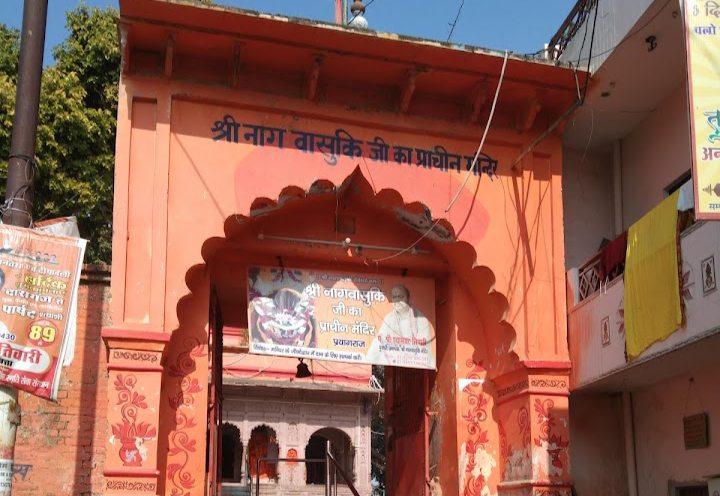
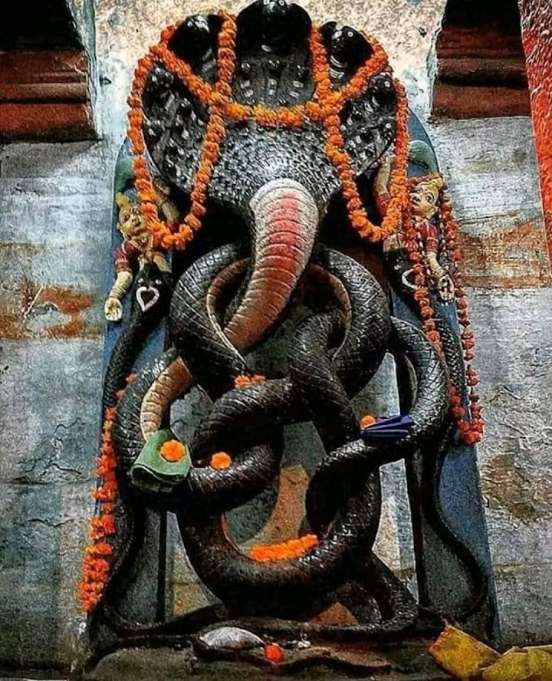
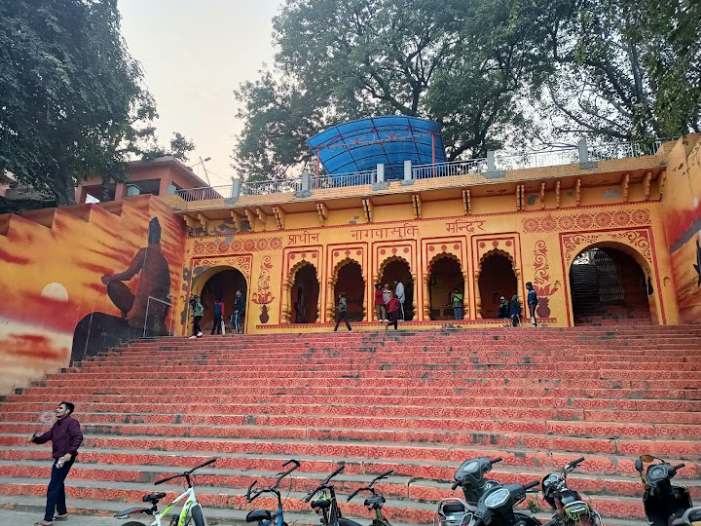
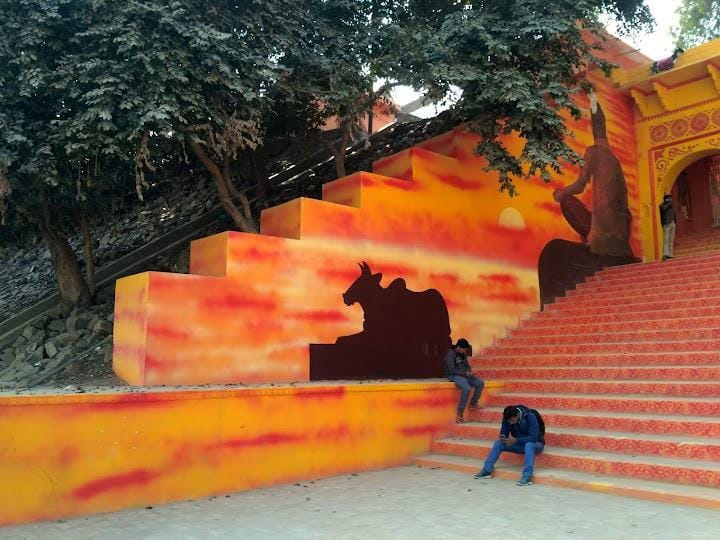
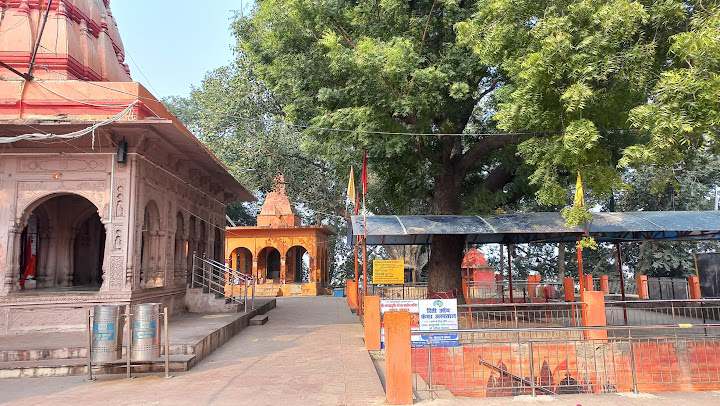
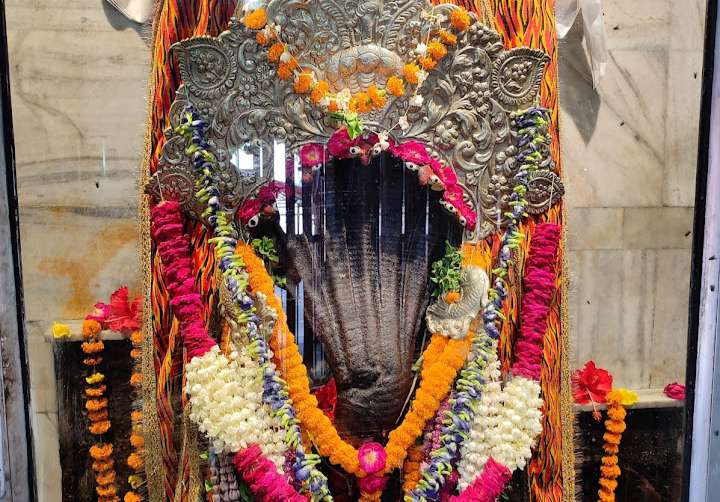
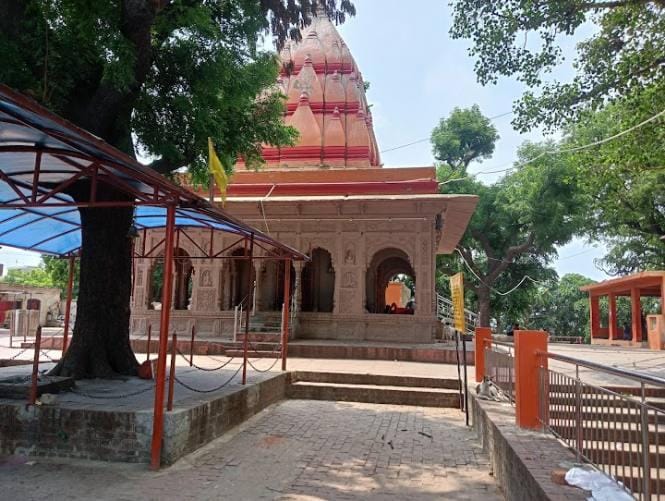
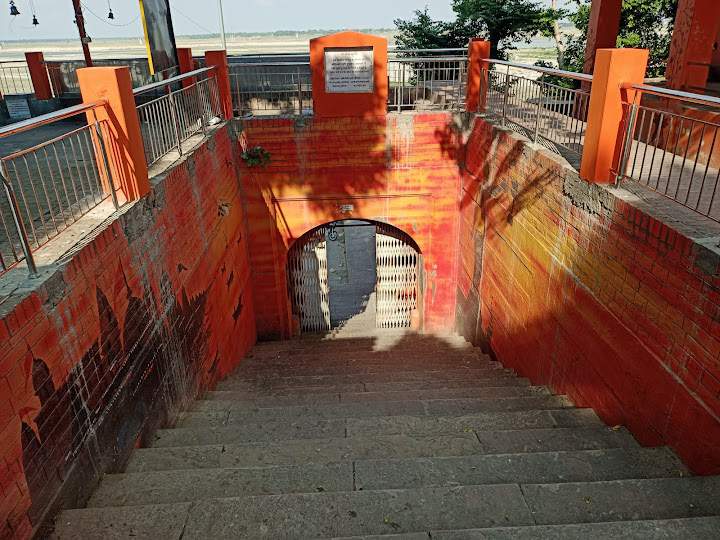















Reviews
There are no reviews yet.